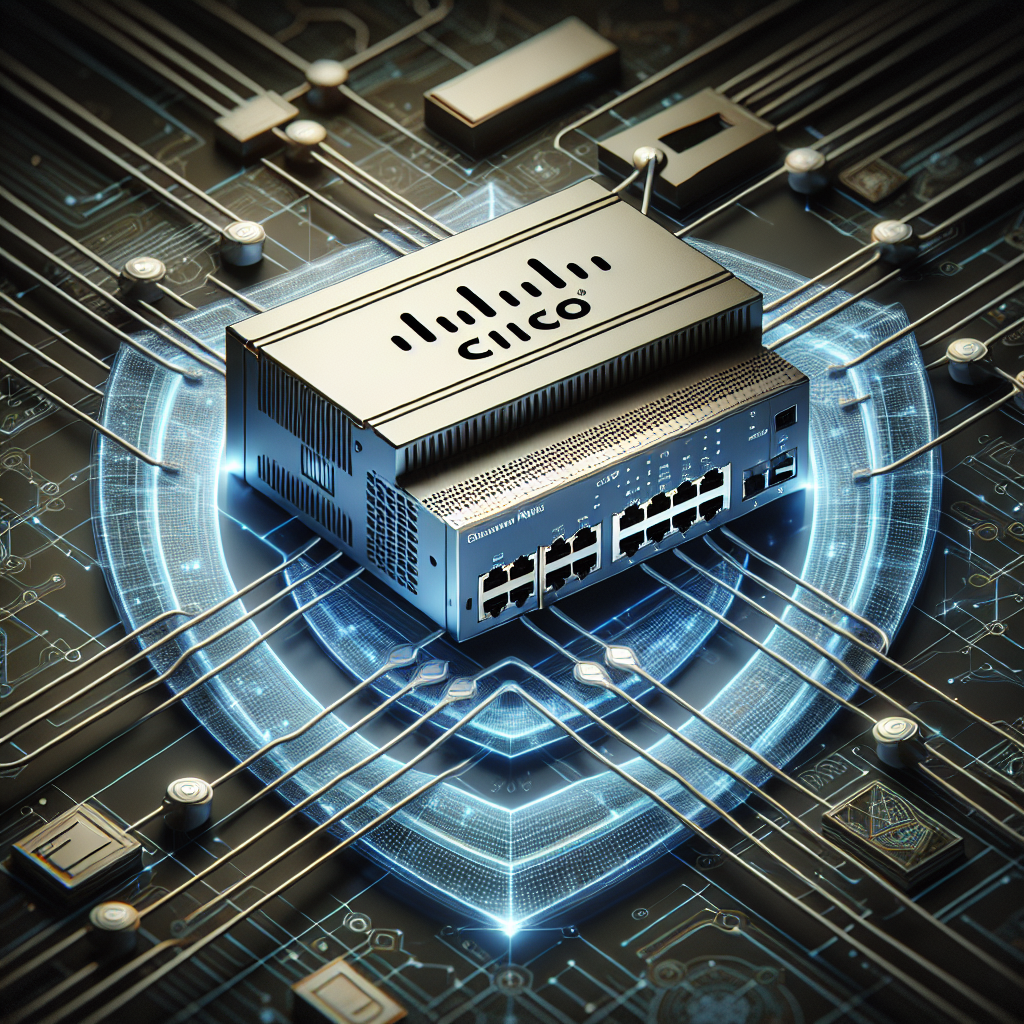Your cart is currently empty!
Securing Your Network with Cisco Switches: Best Practices

In today’s digital age, securing your network is more important than ever. With the increasing number of cyber threats and data breaches, it is crucial to take the necessary steps to protect your network and data. One of the key components of network security is the use of Cisco switches, which are designed to provide a secure and reliable connection for your network.
Here are some best practices for securing your network with Cisco switches:
1. Implement VLANs: Virtual Local Area Networks (VLANs) allow you to segment your network into separate groups, providing an added layer of security. By creating VLANs, you can control access to specific areas of your network and prevent unauthorized users from gaining access to sensitive information.
2. Enable Port Security: Port security allows you to restrict access to specific ports on your Cisco switches, ensuring that only authorized devices can connect to your network. By enabling port security, you can prevent unauthorized devices from accessing your network and reduce the risk of a security breach.
3. Use Access Control Lists (ACLs): ACLs allow you to control traffic flow on your network by specifying which devices are allowed to communicate with each other. By using ACLs, you can restrict access to certain devices or applications, preventing potential security threats from accessing your network.
4. Update Firmware Regularly: Cisco regularly releases firmware updates for their switches to address security vulnerabilities and improve performance. By regularly updating the firmware on your Cisco switches, you can ensure that your network is protected against the latest threats and vulnerabilities.
5. Monitor Network Traffic: Monitoring network traffic is essential for detecting and preventing security threats. By using tools such as Cisco’s Network-Based Application Recognition (NBAR), you can monitor network traffic in real-time and identify any suspicious activity that may indicate a security breach.
6. Secure Remote Access: If you have remote users connecting to your network, it is important to secure their access to prevent unauthorized access. Using Virtual Private Network (VPN) technology, you can create a secure connection for remote users to access your network securely.
By following these best practices, you can ensure that your network is secure and protected against potential security threats. With Cisco switches, you can create a secure and reliable network that meets the needs of your business while keeping your data safe from cyber threats.

Leave a Reply